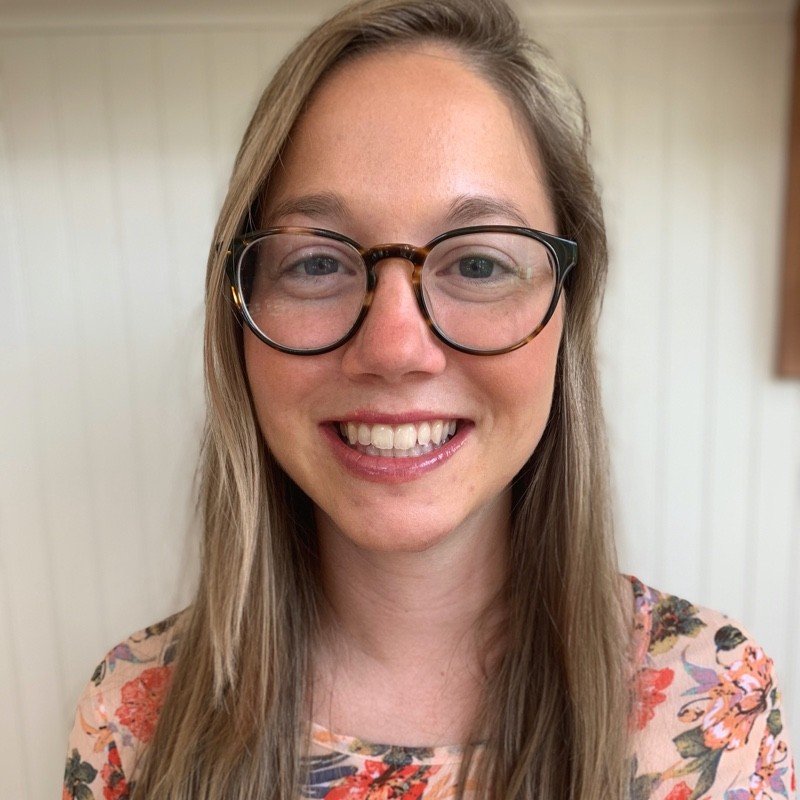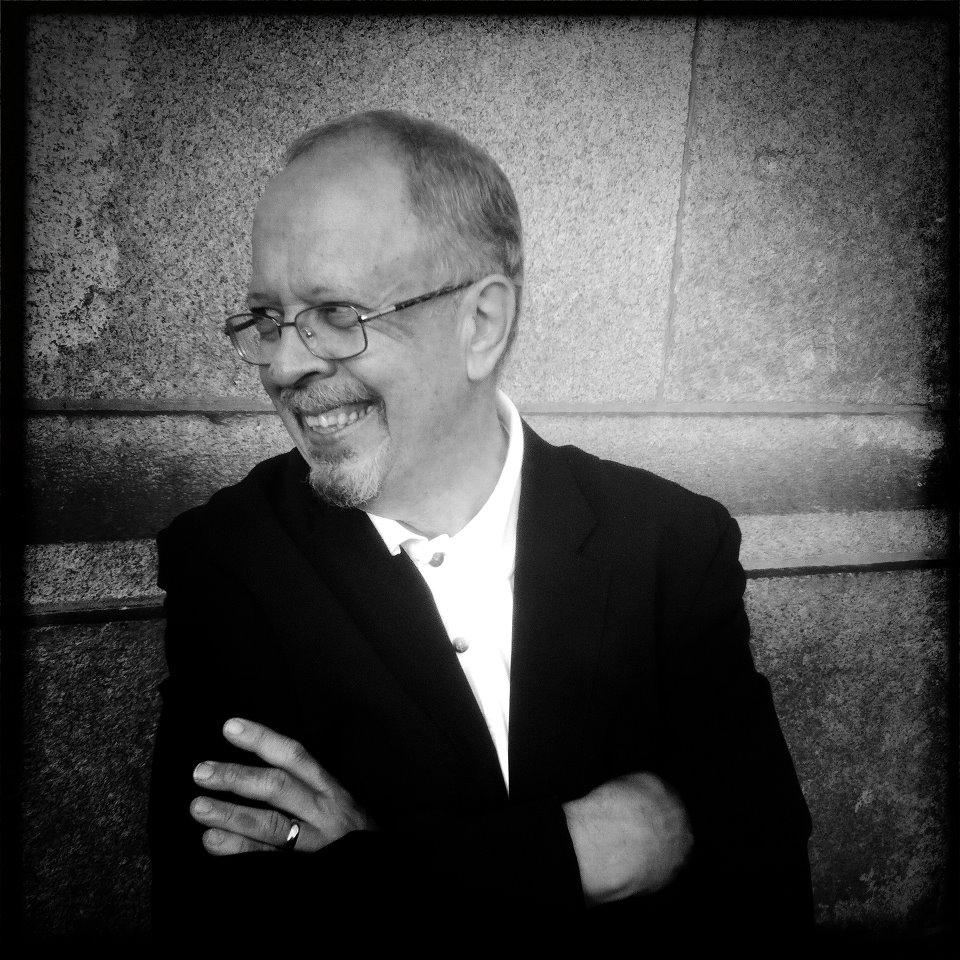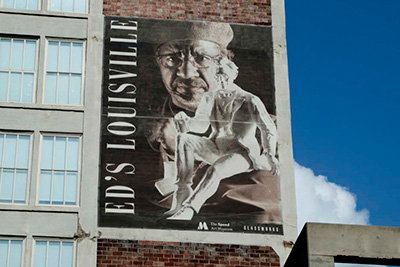Sarah Battle has been researching Louisville-born artist Kenneth Victor Young & the Louisville Black Artists Renaissance of the mid-20th century. She tells us all about it this week on Artists Talk with LVA. Tune in to WXOX 97.1 FM/Artxfm.com each Thursday at 10 am.
Sarah Battle works in the education division at the National Gallery of Art and also researches Washington Color School artist Kenneth Victor Young. Sarah has spent much of the last few months on sabbatical to better understand Young's formative years as a painter in Louisville through an oral history project. This project aims to document the mid-century Black art scene in Louisville, KY. The oral history project is made possible thanks to the Center for Advanced Study in the Visual Arts, the Kentucky Oral History Commission, and the University of Louisville.
On May 6 she presented her current research on Washington Color School artist Kenneth Young at the 2022 DC History Conference organized by the DC History Center and DC Public Library !































